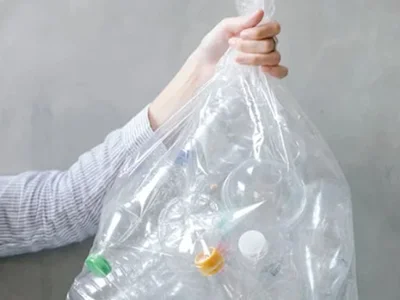8 Easy Facts About Reclaim Waste Explained
Table of ContentsNot known Details About Reclaim Waste 8 Simple Techniques For Reclaim WasteThe Buzz on Reclaim WasteWhat Does Reclaim Waste Do?The Only Guide for Reclaim Waste
Check out the types, events, and types of liquid waste. Residential sewer waste refers to the waste and items from a property sewage-disposal tank. This sort of waste is developed by people in houses, colleges, and other structures. This only consists of sewage-disposal tanks that have a drainpipe field. The correct monitoring and disposal of domestic sewer waste require fluid waste to be transferred to a sewage treatment plant where the correct techniques and equipment are used to purify and get rid of waste.
Business waste typically consists of potential risks, such as combustible products or a mixture of liquid and solid waste items, and needs an advanced and comprehensive disposal procedure. The disposal of industrial waste generally entails the filtration of waste prior to transport to guarantee secure and correct disposal. Hazardous waste is developed from byproducts and runoff of commercial processes and production.
This type of waste can not make use of the very same sewage monitoring transport or procedures as septic or industrial liquids. The industrial waste management procedure calls for the evaluation and screening of liquid waste before it undergoes the disposal process (industrial wastewater treatment). Overflow waste is the liquid waste that originates from overflow and excess stormwater in extremely booming locations or cities
Overflow waste can trigger contamination and flooding otherwise taken care of properly. Find out much more concerning drain cleaning and waste management. Ensuring correct waste management can avoid catastrophes and lower environmental damage. Both individuals in domestic setups and experts in industrial or production industries can take advantage of comprehending the procedures and laws of fluid waste monitoring.
The 3-Minute Rule for Reclaim Waste
Call PROS Solutions today to discover our waste administration and disposal services and the appropriate ways to look after the fluid waste you produce.
(https://packersmovers.activeboard.com/forum.spark#comment-71317007)This supposed 'wastewater' is not only a vital source however, after treatment, will certainly be released to our land, rivers or the ocean. Used water from bathrooms, showers, bathrooms, kitchen area sinks, laundries and commercial processes is recognized as wastewater.

water used to cool down equipment or tidy plant and equipment). Stormwater, a type of wastewater, is runoff that flows from farming and urban locations such as roofings, parks, yards, roads, courses and gutters right into stormwater drains, after rain. Stormwater moves without treatment straight to local creeks or rivers, at some point reaching the ocean.
How Reclaim Waste can Save You Time, Stress, and Money.
In Queensland, most wastewater is treated at sewage treatment plants. Wastewater is moved from residential or industrial websites via a system of sewage systems and anchor pump terminals, understood as sewage reticulation, to a sewer therapy plant.
The Division of Natural Resources encourages city governments regarding handling, operating and preserving sewerage systems and therapy plants. In unsewered locations, city governments may call for owners to mount private or home sewage treatment systems to deal with domestic wastewater from bathrooms, kitchen areas, bathrooms and washings. The Division of Natural Resources authorizes the use of house systems when they are confirmed to be reliable.
The majority of stormwater gets no therapy. In some brand-new communities, treatment of some stormwater to remove clutter, sand and crushed rock has started utilizing gross pollutant catches. Wastewater treatment occurs in four phases: Eliminates solid issue. Bigger solids, such as plastics and other items incorrectly released to drains, are eliminated when wastewater is passed with displays.
Wastewater then moves into huge containers where solids settle and are eliminated as sludge. Grease and residue are skimmed from the surface. Makes use of small living organisms referred to as micro-organisms to break down and get rid of remaining liquified wastes and great particles. Micro-organisms and wastes are integrated in the sludge. Gets rid of nitrogen and phosphorus nutrients that could create algal blooms in our rivers and endanger marine life.
Some Ideas on Reclaim Waste You Should Know
Nutrient elimination is not readily available at all sewer treatment plants since it needs expensive specialised equipment. Clear liquid effluent generated after therapy might still consist of disease-causing micro-organisms - liquid waste disposal.

A lot of wastewater moves into the sewage system. Under the Act, regional governments carry out authorizations and licences for ecologically relevant tasks (ERAs) entailing wastewater releases that could have a regional influence.
The 6-Second Trick For Reclaim Waste
Monitoring offers accurate info regarding water top quality and can validate that permit problems are being fulfilled. The information obtained through tracking offers the basis for making water top quality choices.